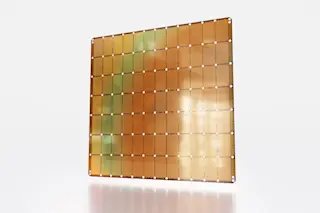Nowadays cell phones are ubiquitous. Everyone has one and everyone uses it all the time. But have you ever thought about what goes into making a cell phone — more specifically, the precious minerals and metals that are used to produce it? Cell phones are made with a host of rare materials that are often mined in countries all over the world. So, what’s really in your cell phone? Here are the minerals and metals that you carry with you every day.
1. Copper
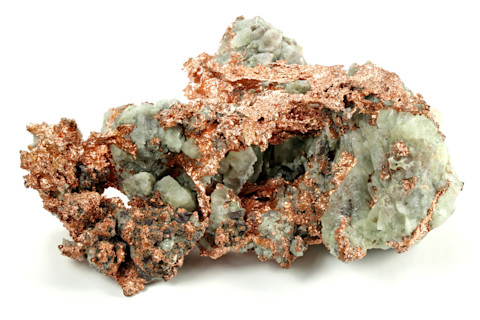
Copper mineral used in cell phones. (Credit: Bjoern Wylezich/Shutterstock)
Bjoern Wylezich/Shutterstock
Copper is one of the oldest mined metals in the world. It’s been used for over 10,000 years. A reddish-brown color that’s malleable compared to other metals, copper is used in the circuitry of phones because it’s good at conducting electricity. It’s also the most important element used in the electronics of the phone overall since it makes the connectors and wires. Most copper is found in porphyry copper deposits in the large chunks of molten rock that make up the Earth’s crust. Chile is the world’s top copper producer, mining 28 percent of this precious metal.
2. Lithium
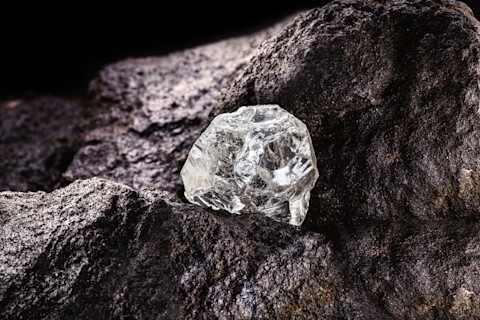
Lithium mineral that is used in cell phones. (Credit: RHJPhtotos/Shutterstock)
RHJPhtotos/Shutterstock
Lithium is the soft, light metal that gives cell phones their charge. It’s used in the rechargeable lithium ion that give phone batteries their power and density, as well as helping them to charge faster and last longer. Unlike other metals, lithium is not found in an elemental state. Instead, it’s extracted from lithium rocks and from lithium chloride salts. Like copper, Chile is the largest lithium producer in the world. The country extracts most of the precious metal from the Atacama Salt Flat. Argentina produces the second most lithium in the world.
More on Cell Phones:
Smartphone addiction is real. One woman puts hers down for a week to see what happens.
Endless buzzes and dings can burden our minds and even influence important decision-making — but researchers are searching for solutions.
3. Silica
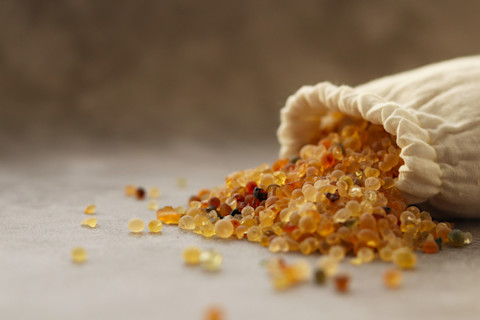
Silica element that is found in quartz and used in cell phones. (Credit: TatyanaMago/Shutterstock)
TatyanaMago/Shutterstock
Silica is an element found in quartz. It’s used to make the chips and microprocessors in your cell phone. Silica is also found in the Earth’s crust. The type of silica used to make cell phone chips is an ultra-refined and inherently delicate form of silicon dioxide particles. These important silica sand deposits are found in places like Queensland, Australia, as well as Mid-Atlantic states in the U.S., like North Carolina and Virginia.
4. Germanium

Germanium is a mineral to make semiconductors in cell phones. (Credit: Bjoern Wylezich/Shutterstock)
Bjoern Wylezich/Shutterstock
Germanium is used to make the semiconductors in cell phones. This silvery white, brittle element is commonly used in a host of electrical devices. The rare mineral is found in rock deposits of germanite and argyrodite, as well as in zinc ore. The U.S. does have germanite, but we still rely heavily on China, which produces more than 70 percent of the mineral in places like the Yunnan Province. Inner Mongolia is also known to produce the mineral.
5. Bauxite
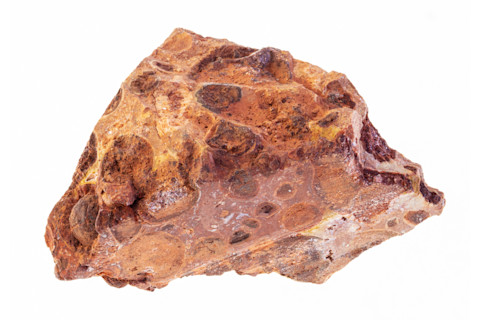
Bauxite mineral that is used to make cell phones. (Credit: KrimKate/Shutterstock)
KrimKate/Shutterstock
Bauxite is the main source of the mineral gallium which is used to produce the LED backlighting that make our phones shine bright in the night. Most of the world’s bauxite is found in tropical and subtropical regions of the world. The largest “blanket deposits” are found in places like West Africa, South America, Australia and India. Australia is the world’s biggest producer of the mineral. Miners extract the material from surface and underground deposits and the mineral gallium is a byproduct of the process.
6. Potassium
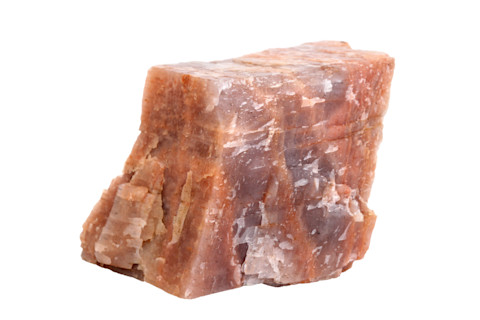
Potassium that is used in cell phones. (Credit: Fokin Oleg/Shutterstock)
Fokin Oleg/Shutterstock
Potassium comes from an element called orthoclase and it’s used to make the touch screen on your cell phone. It comes from a potassium salt called sylvite that’s found in places like Canada, Russia and Belarus. Cell phone screens are treated with potassium salts at the end to add durability so that they survive all the drops and destruction that we put them through daily.
These are just a few of the many precious minerals and metals used to make the cell phones we depend on every day. No matter where it’s made, producers depend on materials from at least a dozen countries or more for your phone to shine bright, conduct electricity, hold a charge, record a message, take a picture and so many other functions that we take for granted.











